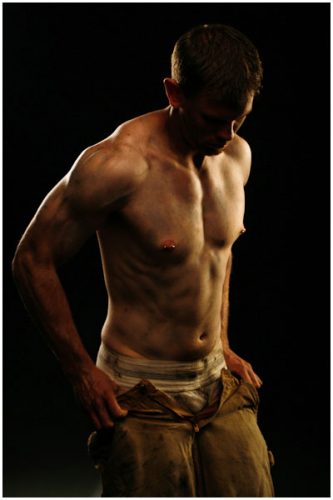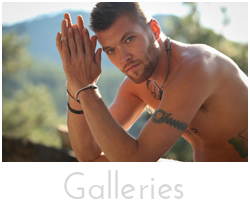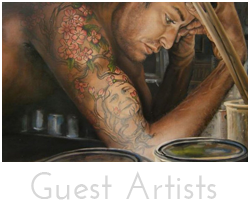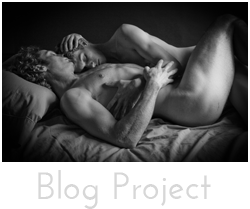 The shutter speed is how quickly the image is exposed. I began to allude to it a bit yesterday when I was talking about photographing dance. This is a part on my series of how the camera operates since we have so many people following this that are trying to get away from using their camera’s just set on automatic. The two elements that control the exposure are the aperture on the lens, which controls depth of field in the image, (the front to back distance in an image that is in focus). The second element is the shutter speed. I am rarely conscience of shutter speed when I shoot so will give you my brief take on how it works. Many cameras you can set to a shutter priority mode that will adjust the aperture to create a decent exposure. Shutter is only concerned with speed. How quickly the exposure can be taken. Typically you want to freeze an athlete in motion or a dancer in movement or a humming bird in flight. The faster the shutter speed, the more you will become successful at stopping the motion. They are typically represented by 1/1000 or 1/15, which identifies the tenths of a second. Of course the high the number the 1/1000 the faster it becomes, the lower the number the slower it moves. The way the camera works is there is a plate called a shutter that covers the exposure plane (or surface that will be exposed) with in the camera. The typical rule of exposure to get hand held stability is take the length of the lens, say 200mm, add a 1 over it 1/200 and you should never shoot any speed below this number. I typically go a step above it above that 1/250 to be safe. I am not particularly fond of using a tripod and love the idea of the spontaneity of moving around with my subjects so I always try to hand hold. In dark theater situations I typically will use a monopod to rest the camera on and maintain a little more stability; but then again I am shooting in light that often does not allow me to shoot that fast. For the most part, my style of photography mostly concerns depth of field so I rarely ever even pay attention the speed. I know that you all have seen those amazing images where the water of a stream looks like glass, well that is the opposite effect. In that case the shutter is slowed down to create an extended exposure, often up to a minute. I do not find that exposure actually contributes too much to artistic choice in creating images but in the instance of water it does create some very remarkable landscapes. Have you ever wondered how they can shoot an image of the golden gate bridge without any cars on it? It’s kind of the same principles where you use a series of neutral density filters, (that block out the light) and shoot with a very prolonged exposure. Well that’s the way it used to work. Now a days we just erase it and clean it up with some program like Adobe Photoshop. In a sense the modern software is taking the creative process of photography out of photography and making it more of a graphic experience, but that’s the subject for another blog.
The shutter speed is how quickly the image is exposed. I began to allude to it a bit yesterday when I was talking about photographing dance. This is a part on my series of how the camera operates since we have so many people following this that are trying to get away from using their camera’s just set on automatic. The two elements that control the exposure are the aperture on the lens, which controls depth of field in the image, (the front to back distance in an image that is in focus). The second element is the shutter speed. I am rarely conscience of shutter speed when I shoot so will give you my brief take on how it works. Many cameras you can set to a shutter priority mode that will adjust the aperture to create a decent exposure. Shutter is only concerned with speed. How quickly the exposure can be taken. Typically you want to freeze an athlete in motion or a dancer in movement or a humming bird in flight. The faster the shutter speed, the more you will become successful at stopping the motion. They are typically represented by 1/1000 or 1/15, which identifies the tenths of a second. Of course the high the number the 1/1000 the faster it becomes, the lower the number the slower it moves. The way the camera works is there is a plate called a shutter that covers the exposure plane (or surface that will be exposed) with in the camera. The typical rule of exposure to get hand held stability is take the length of the lens, say 200mm, add a 1 over it 1/200 and you should never shoot any speed below this number. I typically go a step above it above that 1/250 to be safe. I am not particularly fond of using a tripod and love the idea of the spontaneity of moving around with my subjects so I always try to hand hold. In dark theater situations I typically will use a monopod to rest the camera on and maintain a little more stability; but then again I am shooting in light that often does not allow me to shoot that fast. For the most part, my style of photography mostly concerns depth of field so I rarely ever even pay attention the speed. I know that you all have seen those amazing images where the water of a stream looks like glass, well that is the opposite effect. In that case the shutter is slowed down to create an extended exposure, often up to a minute. I do not find that exposure actually contributes too much to artistic choice in creating images but in the instance of water it does create some very remarkable landscapes. Have you ever wondered how they can shoot an image of the golden gate bridge without any cars on it? It’s kind of the same principles where you use a series of neutral density filters, (that block out the light) and shoot with a very prolonged exposure. Well that’s the way it used to work. Now a days we just erase it and clean it up with some program like Adobe Photoshop. In a sense the modern software is taking the creative process of photography out of photography and making it more of a graphic experience, but that’s the subject for another blog.



